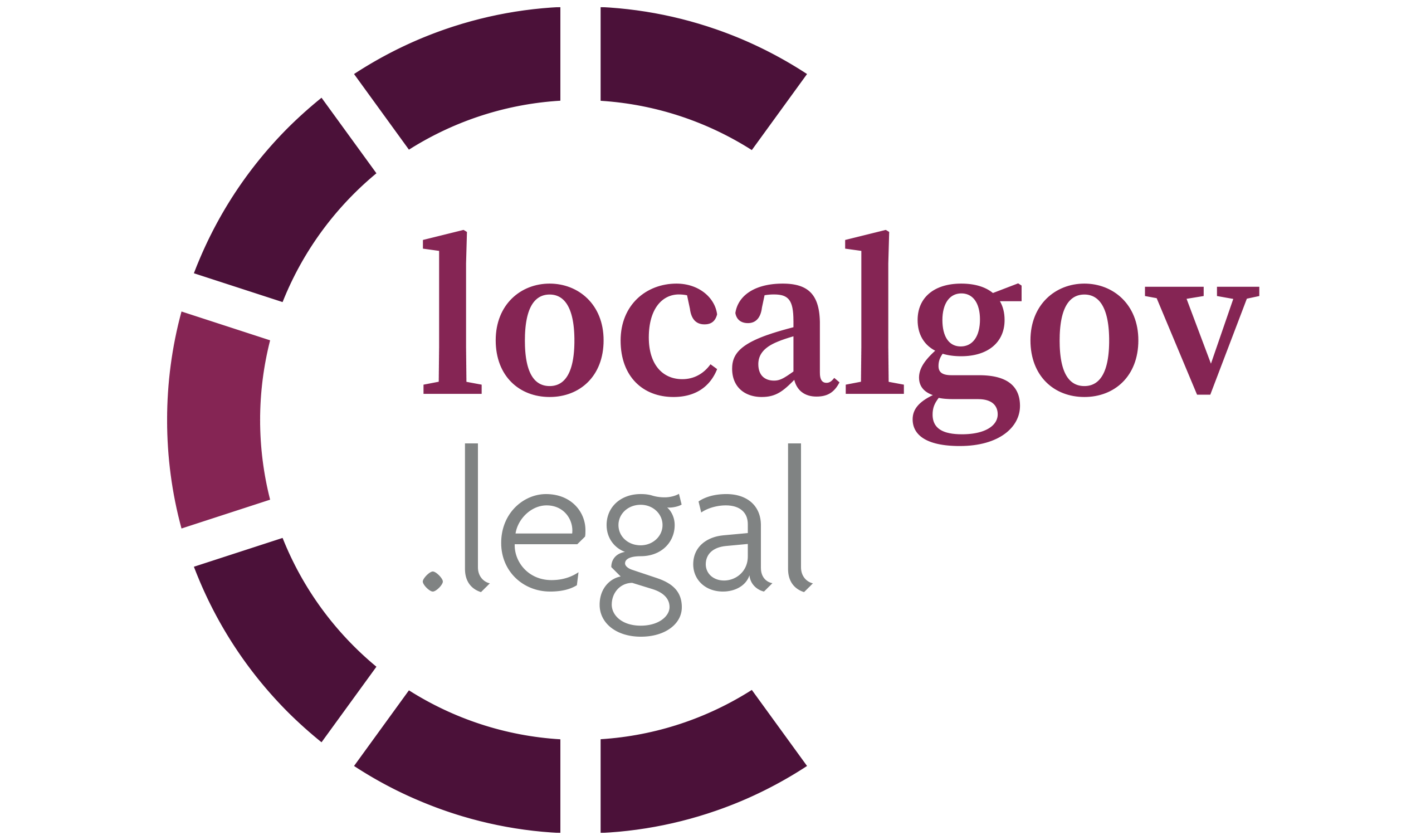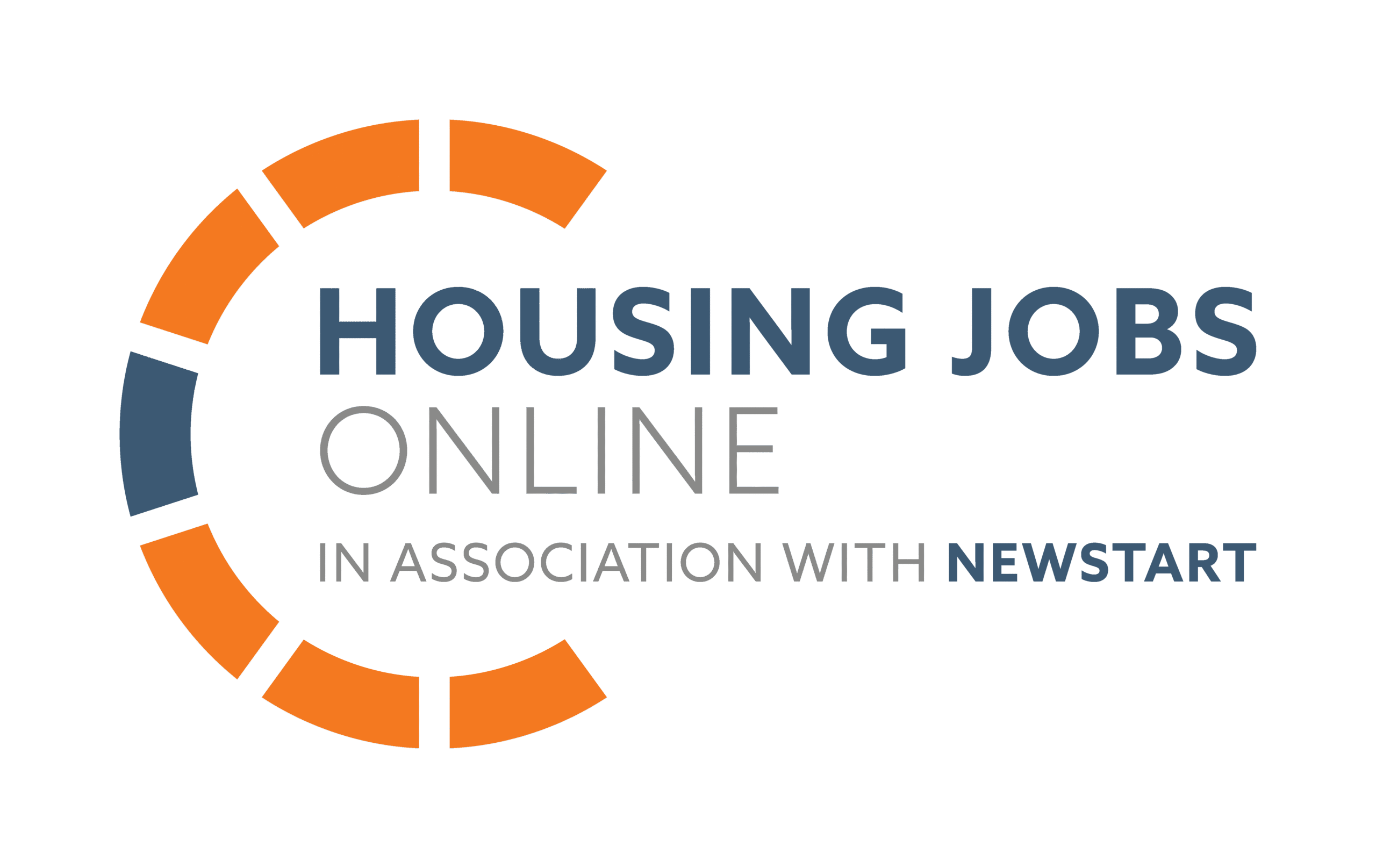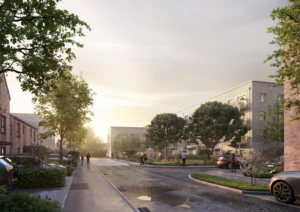David Churchill, partner at Carter Jonas, explains communities are made up of so much more than just homes and claims experts should be focusing on delivering worthwhile developments rather than constructing properties to meet government targets.
We all know what defines a successful community: not just a range of homes to address a range of requirements, but also attractive and safe areas in which to spend time and enjoy a healthy lifestyle, the provision and maintenance of appropriate community facilities and services, and a sustainable approach to both the construction and operation of a community. Perhaps most importantly, the most successful communities are those which benefit from long term investment (both financial and otherwise) following delivery.
But what I have described here, sadly, is more idealist than typical due to the very many restraints that lie in the path of creating a fully functioning and sustainable community.
The funding issues behind the provision of community facilities and infrastructure were recognised in a recent working paper by the Competition and Markets Authority (CMA), Private Management of Public Amenities on Housing Estates. The report considered that, whereas historically it was standard practice for amenities on new housing estates intended for communal use – such as roads, sewers and drainage and public open spaces – to be adopted by the local authority, this has changed in the past five years, partly due to local authority concerns about the ongoing costs of maintaining amenities. On behalf of the housebuilding industry, the HBF responded to the CMA’s report recognising the importance of public open spaces, amenities and infrastructure but raising questions about the ownership and increasingly complex maintenance of community assets.
Due to these funding and management issues – and, it should be recognised, despite the aspirations of both developers and local authorities – there are too many examples of new communities failing to provide adequate facilities early enough in their development to meet the needs of the new residents.
Again, the constraints are largely financial. The ever-increasing demands on the developer are one contributing factor: planning contributions (Section 106 and CIL), direct delivery of infrastructure, community facilities and services, sustainable urban drainage systems, nutrient neutrality, water neutrality, biodiversity net gain (BNG) – all before we get to the affordable housing. I would not dispute the importance of these items for the benefit of existing and future communities, but there is no doubt that the longer the list of developer contributions becomes, the more risks there are in the process and the more expensive it becomes. Which is reflected in property prices and can result in important benefits being delivered late in the development process.
The most successful communities are undoubtedly those with a strong sense of neighbourliness in which individuals, working together, can support both the built environment and the community as a whole. But the challenge for developers in creating successful a truly sustainable community is the effective long-term management of resources.
Funding issues aside, the best means by which master planners and developers can achieve this is through a planned and well managed approach to ‘legacy’. The increased propensity of legacy-inspired developments over the past decade is partly due to the role of master developers and an increase in ‘legacy’ landowners. Master developers understand the benefits of this approach in terms of the immediate value that a ‘placemaking premium’ brings to a new community (not just the house prices that can be achieved, but also its attractiveness to the market) and also because of their long term role as the owner and operator of spaces within them.
The legacy approach uses covenants for the long-term means of overseeing management. Covenants provide simplicity by putting parameters in place and providing a structure through which the community is served on an ongoing basis. They may initially be administered by an immature management company but as the new community takes shape, they are passed on to a mature management company which can oversee ongoing maintenance efficiently and effectively.
The Oxford English Dictionary provides two definitions of legacy: (1) ‘money or property that is given to you by somebody when they die’ and (2), ‘a situation that exists now because of events, actions, etc that took place in the past’.
While is it undoubtedly the second definition that corresponds the most enlightened developers’ understanding of legacy, the monetary aspect is also worthy of consideration. Legacy cannot be disassociated from financial considerations but when managed well through a covenant-based approach, comes in the form of value, not cost.
Image: John Cameron
More on communities:
How SMEs can help redefine social responsibility in local communities

















Leave a Reply